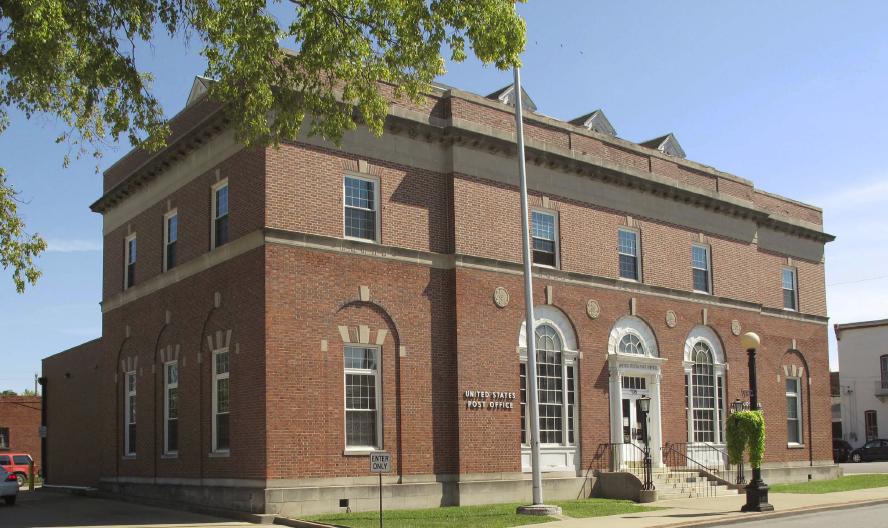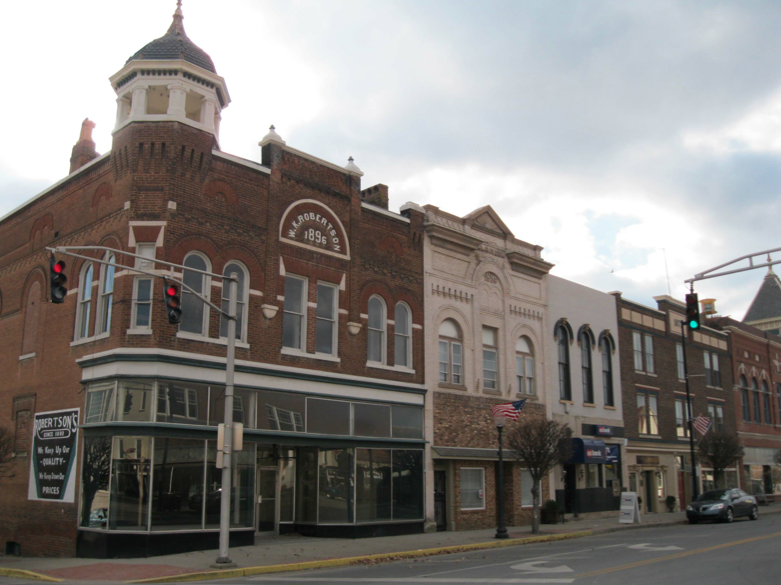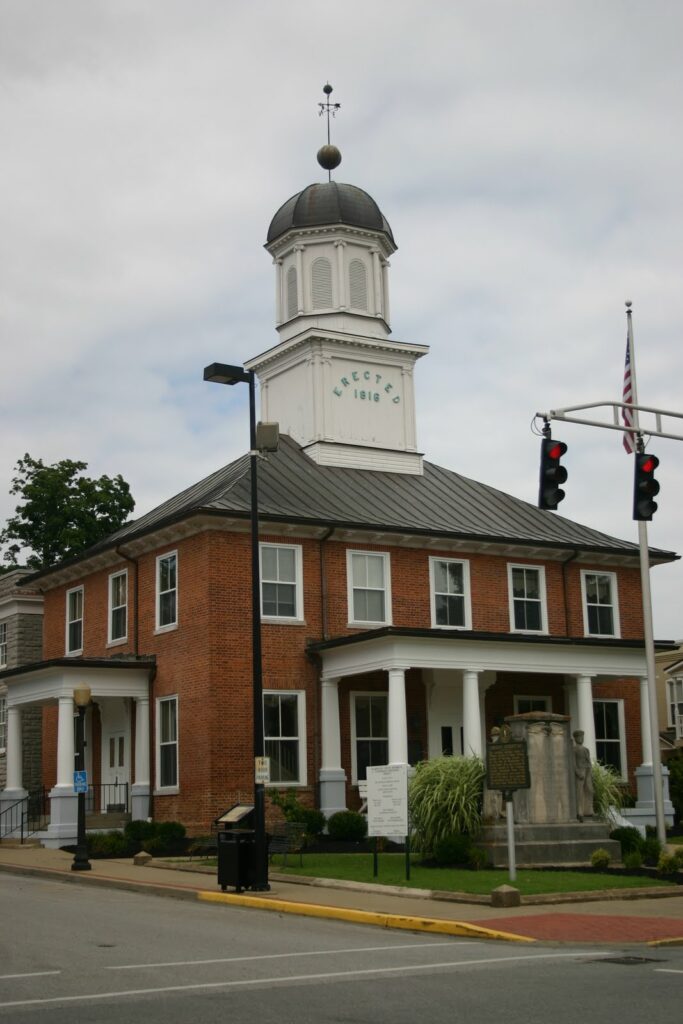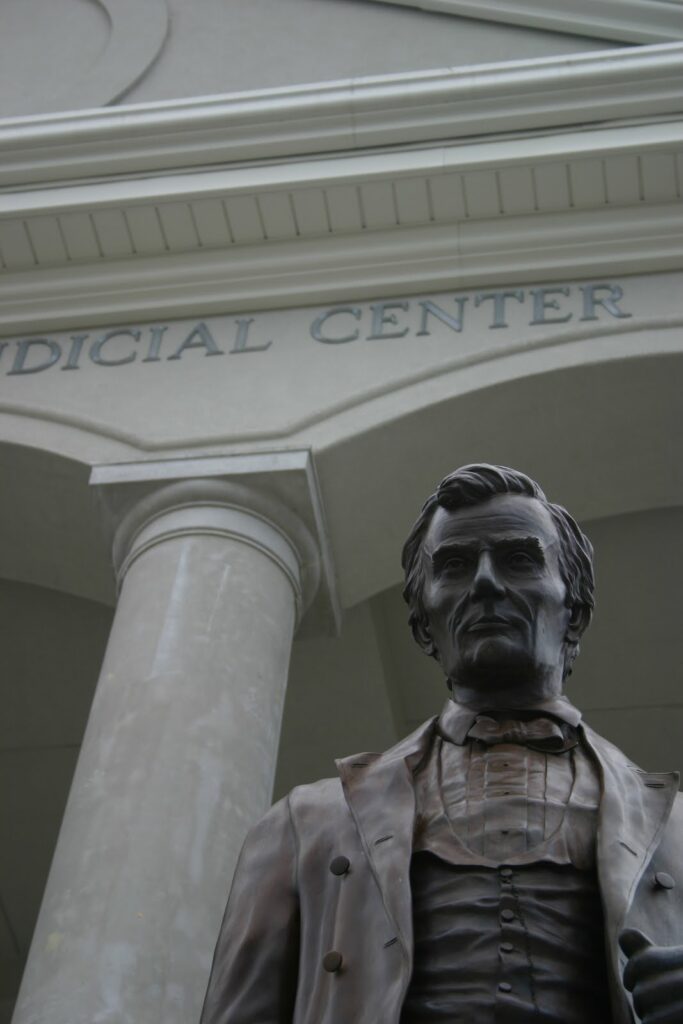 |
| Saint Rose Catholic Priory near Springfield, Ky. Author’s Collection. |
Few things are quite as majestic as traveling along one of Kentucky’s scenic roads when suddenly a grand church appears seemingly out of nowhere. The juxtaposition of the two sanctuaries, Kentucky’s undulating land and the house of God, almost always prompts me to stop for a moment.
Such was the case a few weekends ago when driving through Washington County along the road to Loretto. At once, the towering St. Rose Priory Church came into my line of sight. Its height was exaggerated, too, because of the high bluff on which the church stood overlooking the road.
Immediately dominant are the “majestic octagonal tower and inspiring stained-glass windows” which feature prominently in the church built in the Tudor-Gothic style in the mid-19th century. The tower’s tiered buttresses also add to the visual impression of great height.
St. Rose was established earlier, in 1806. Father Edward Dominic Fenwick, the son of a wealthy Marylander, used his inheritance to purchase a 500 acre farm near Springfield.
Work began on constructing a small monastery, also known as a priory, which was completed in 1807. Also built, completed in 1809, was a small brick church which remains standing as a chancel on the present church’s northern end. West of the Alleghenies, it is the oldest structure still utilized as a church. It is also the first foundation in the United States by the Dominican Order.
 |
| St. Rose Catholic Priory. Author’s Collection |
The small brick church, though simple in form, functioned briefly as a cathedral for the Diocese of Bardstown prior to the completion of Saint Joseph. When the new Diocese of Cincinnati was created in 1821 from the Bardstown diocese, Fr. Fenwick was consecrated as its first bishop. The consecration services were held here, at St. Rose.
Added over the years was a convent and educational facilities. The small brick church was added to with the current larger, grander church which was begun in 1852 and dedicated in 1855. The architect for the new Saint Rose was William Keely, a renowned church architect, who also designed Louisville’s Cathedral of the Assumption.
The blue limestone used for the ca. 1852 church was quarried nearby.
Saint Rose of Lima (Peru) was the first American saint and for her this historic and beautiful church was named. In 1978, farming operations ceased and the old ca. 1867 Italianate priory was demolished in favor of smaller facilities. Much of the land originally purchased by Fr. Fenwick was sold leaving about 100 acres of property for the church.
 |
| Saint Rose Priory & Historic Marker near Springfield, Ky. Author’s Collection. |
A state historic marker by the road reads:
Founded, 1806, by Fr. Fenwick from Maryland. First Dominican religious house and second oldest priory in the U.S. Site of first Catholic college west of Alleghenies, 1807. St. Thomas School here, 1809-28. Jefferson Davis, later President of Confederacy, student, 1815-16. In 1822 Fr. Wilson founded first community of Dominican Sisters in U.S. Present church built, 1852.
Today, Saint Rose has the designation of a proto-priory meaning that it previously served as a priory much in the same was as Bardstown’s Saint Joseph proto-cathedral retains its designation from its days as the cathedral for the dissolved Diocese of Bardstown. And the church remains an active and beautiful parish church.










